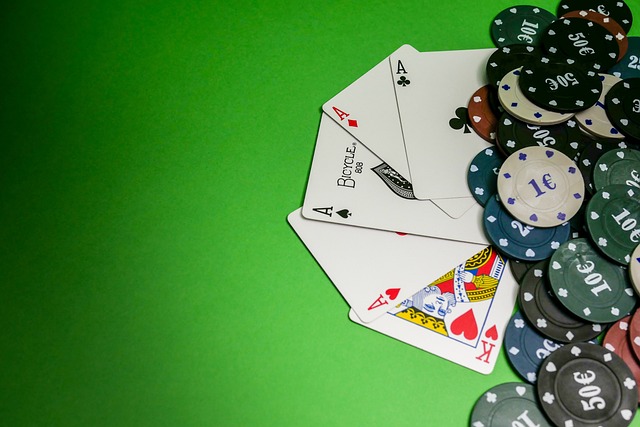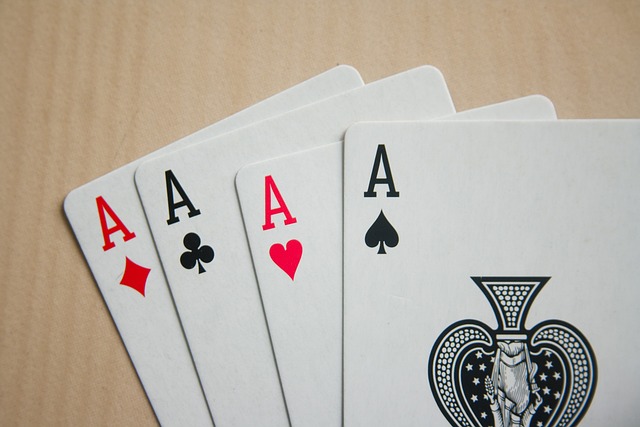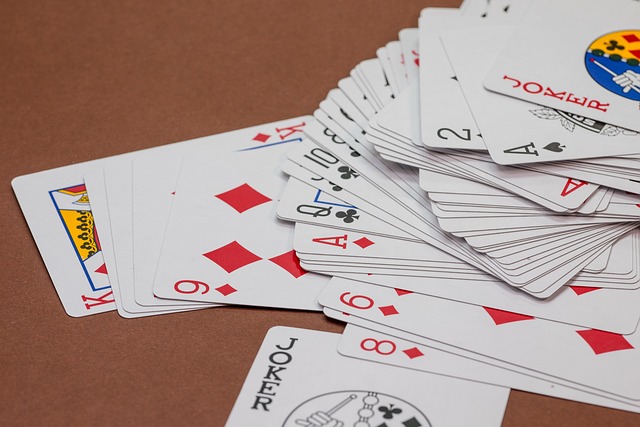The hardest part begins. There are dozens of books and thousands of publications on profitable play after the flop. Obviously, it is impossible to cover even a small part of all the aspects and problems in a few pages of a beginner’s guide. Most of the information will have to be learnt from experience, and our forum is the best tool for that. It’s simple: there is a batch in which you are unclear. You create a topic in the forum and post that controversial batch. Other players will comment on it and you can draw appropriate conclusions from the discussion.
And so on, every time. It is not possible to learn how to play poker successfully and profitably in three hours; it requires a significant investment of energy, time and resources.
However, there is good news. You don’t have to play good poker to win money in this limit. The level of the opponents is so low that they will just give money away. It is possible to win even if you make several mistakes.
Of course, a few tips will certainly help you.
Let’s divide all the hands that have been formed on the flop into three categories:
- Ready hands – top pair top kicker (TPTK), top pair, two pair, set and above;
- unprepared hands – hands with at least eight valid cards that would improve them to a straight or higher;
- unplayable hands – all other hands.
Ready hands

Let’s start with the ready hands, the weakest of which is the TPTK – the oldest pair with the oldest wild card. This means that your hand consists of the highest flop card and the highest of the other possible cards. For example, if your hand is AK with A82 on the flop, then you have Senior Pair AA and Senior Jack.
With this hand, you should bet in the hope of cashing in on the standard mistake of most players in this limit – a love for the Call button. The normal bet varies between ½ and ¾ of the size of the existing pot. As long as others match your bet, it’s okay, keep betting. If you are faced with a raise, it will be better to give up, unless you know for sure that you are playing with a bluffer who likes to raise.
On the other hand, if someone has raised before you, it will be unwise to raise again, as only a hand that is definitely stronger than yours will respond, so you should try to match your opponent’s bets.
A top pair (a pair on a flop lower than that, e.g. JJ flopped 942) is much better than a TPTK, because an opponent with a TPTK will think he has a strong hand, even though his chances of beating you are slim. The basic idea of playing this hand is the same as with TPTK – bet until our raise. If someone has already bet before you, it is advisable to raise to see how strong your hand is compared to your opponent’s hand. If you are raised again, you should unfortunately refuse to continue, unless you are sure that your opponent is an inadequate bluffer. Conversely, if the others choose to call, you must blindly bet about half the pot on the next street and fold if anyone raises.
Two pair – where both of your starting cards have caught a pair on the flop. KQ on the flop KQ3 gives you two older pairs – a very strong hand, for example Q3 looks much worse in this situation. The first thing to do is to determine the value of your hand. Strong two pairs should be from the highest card of the flop, and the flop does not have to be from a suit or three straight cards (the three cards do not have to follow each other, like J9 on a JT9 flop). If your two pairs are made by the weakest card on the flop, or if the flop is dangerous (one-suited or making a straight), you must play blind, as with a top pair. If the flop is safe and your two pairs are strong, you should play them both by betting and by raising and try to maximise the amount of money in the pot. Before you get a bet? Raise!
Set – the most profitable and advantageous combination. Basically, it makes no difference whether the cards on the board are dangerous, or whether you’ve got the oldest or the newest set. Bet and raise, betting more and more each round. The only time you should “slow down” is if the table becomes very dangerous on the river (four suited or four cards in a row) – then it is better to play with a smaller bet and fold after raising. In the river, however, there is no need to be afraid of the board – even if your opponent has already collected a straight or a flush, you still have a chance to improve to a full house, which will beat your opponent’s hand.
Anything stronger than a set should be played according to the same principles. We have a rare and very strong hand, so we need to “squeeze” the most out of it! However, we should pay attention to the fact that sometimes the river and river cards damage our strong flop hand beyond repair. This happens when there are two pairs (89393), three of a kind (89799) or 4 cards in the suit. If this happens, don’t feel bad that fate has ruined your strong hand, but rather throw it away when your opponent chooses to raise.
Expectant or negative combinations

A negative hand, or “draw”, is a hand that is currently weaker than the opponent’s hand (worthless from a comparison point of view) but has the potential to improve to a very strong hand. These include a two-sided straight queen (JT on the flop 982; a straight will be made by cards on both sides – 7 and Q), a flop queen (K♦Q♦ on the flop A♦7♦2♣), and various queen combinations such as a flop queen + one-sided straight queen (K♦Q♦ on the flop A♦T♦2♣).
Queens should be played according to the following principles:
- First, you should not make hands on a paired table (i.e. a table with an open pair). If there are paired cards on the board, the chances of your opponent making a full house increase many fold, and you may lose the entire stack when you make your straight or flush. It is not worth taking this risk.
- Secondly, a streak should not be made in a board consisting of cards of the same suit. The reason is the same – you can make a straight but lose all your money on a flush. Is this really necessary?
Without position (you have no position if you must make your bid before your opponent), a fag must be played passively. If you are one-on-one with an opponent on the flop and he bets more than half the pot, you must refuse to continue if you are not in position. If you have two or more opponents on the flop, then it is already profitable to respond without position. Forget that with unprepared hands you have to raise to cover them (you may have read this somewhere). This tactic works at much higher bet levels. NL2 is much simpler. Call the bet; if we expect “our turn”, bet; if we don’t, fold.
In a position with a waiting hand, we can call more often, because we can get more chips from our opponent by collecting our hand than if we have no position. If no-one bets, we can bet ourselves – this is called a half-bluff, when we don’t have a ready hand but have a good chance of making it on the next street (i.e. opening the next card).
In Tern, if we still have a hand of hope, we have to reassess the situation. Some aspects need to be taken into account:
Our expectation has become weaker, because if it improves to a ready hand, we will have only one round of bidding in the river, when to get chips from the opponent
It is possible that the cards open on the table are no longer so favourable for our hand – for example, a third card is open in the suit (if we are making a straight) or there is a pair on the table.
Therefore, we should only play a queen on the turn for a small bet, or if the board has not become more dangerous for the hand we are making and we are in position.
Worthless cards
The last category of hands is worthless hands. They should always be discarded if someone has made a bet.
